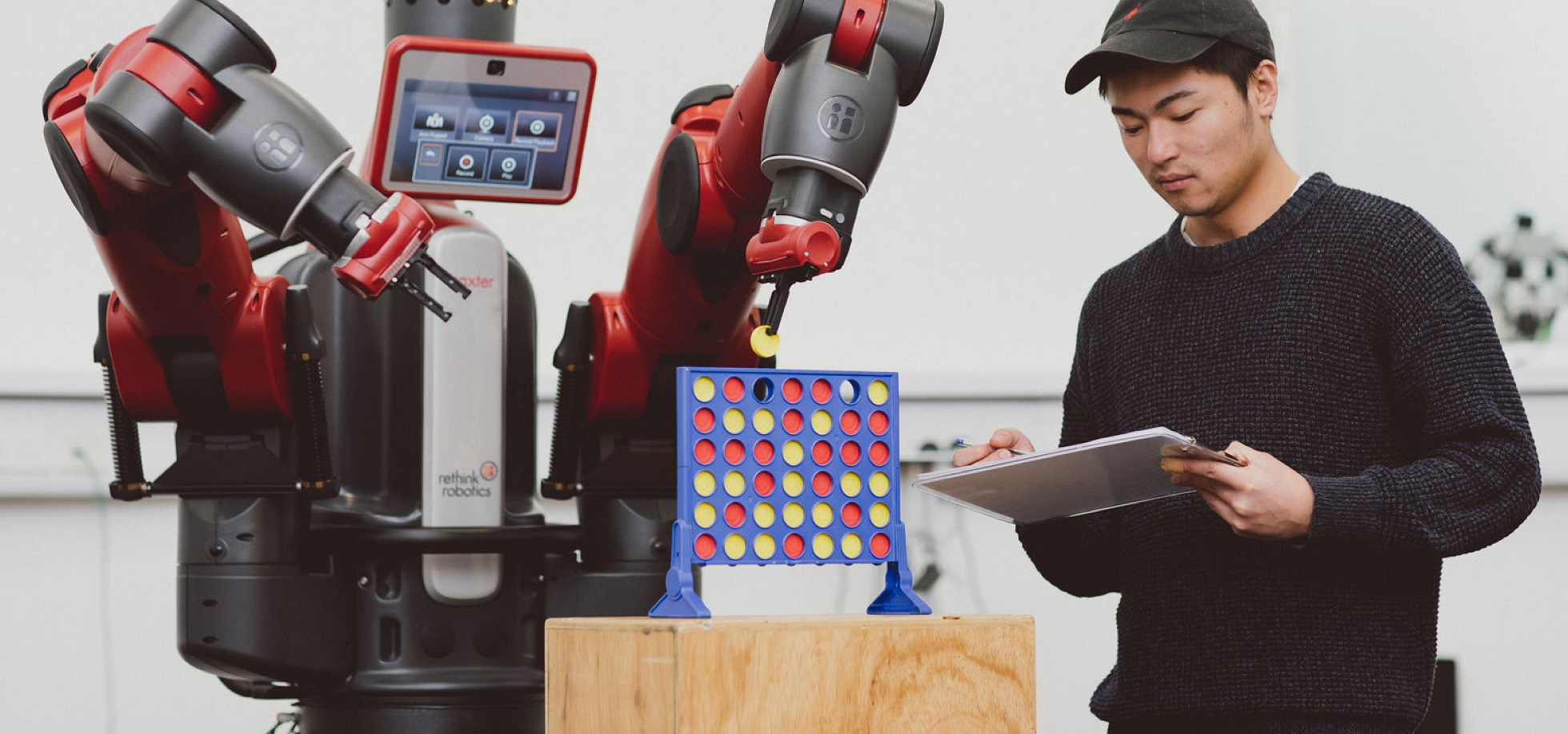
Module Description
This
module provides students with an understanding of artificial neural
networks and deep neural networks in computer science and artificial
intelligence.
Module Aim
The aim of this module is to provide students with an understanding of the role of artificial neural networks (ANNs) and deep neural networks in computer science and artificial intelligence.
Learning Outcomes
1. Demonstrate an understanding of the basic concepts and principles of neural computation as an approach to intelligent problem-solving.
2. Describe the commonly used neural network architectures and learning algorithms.
3. Distinguish classes of problems to which neural networks offer solutions superior to other methods.
4. Design a neural network to solve a particular problem.
5. Implement typical neural networks in software for regression and pattern classification.
6. Gain understanding and knowledge of deep neural networks.
Outline Syllabus
Introduction to Artificial Neural Networks- basic concepts and principles of ANNs
- biological motivations and brief history of ANNs
- neuron models and neural network architectures
- computational power of ANNs in comparison with conventional AI methods
- ANN applications
Basic Learning Rules and Theories
- basic issues in neural network learning
- derivative-based methods such as error gradient descent learning algorithms
- derivative-free methods such as simulated annealing, genetic algorithm, Hebbian learning and competitive learning
- the bias-variance dilemma in learning from data
Feedforward Neural Networks Using Supervised Learning
- feedforward neural network architectures and supervised learning
- perceptron: architecture, error correction learning, limitations
- multilayer perceptron (MLP): architecture, back-propagation learning algorithm
- radial basis function (RBF) network: architecture, learning algorithm, comparison with MLP
Self-organising Neural Networks Using Unsupervised Learning
- unsupervised learning: learning without a teacher
- adaptive resonance theory (ART) neural network: architecture, learning algorithm
- self-organising map (SOM) neural network: architecture, learning algorithm
Recurrent Neural Networks
- recurrent neural network architectures
- Hopfield neural network: energy function, Hebbian learning, stability analysis
Deep Neural Networks
- concepts and architectures
ANN Applications and Recent Advances
- basic issues and strategies in neural network applications: data collection and preprocessing, classification, regression, prediction, and intelligent control
- recent advances in neural network research and development: support vector machine (SVM), reinforcement learning, neuro-fuzzy networks, etc.
- Module Supervisor: Hani Hagras